What candies did children most desire before the Revolution?
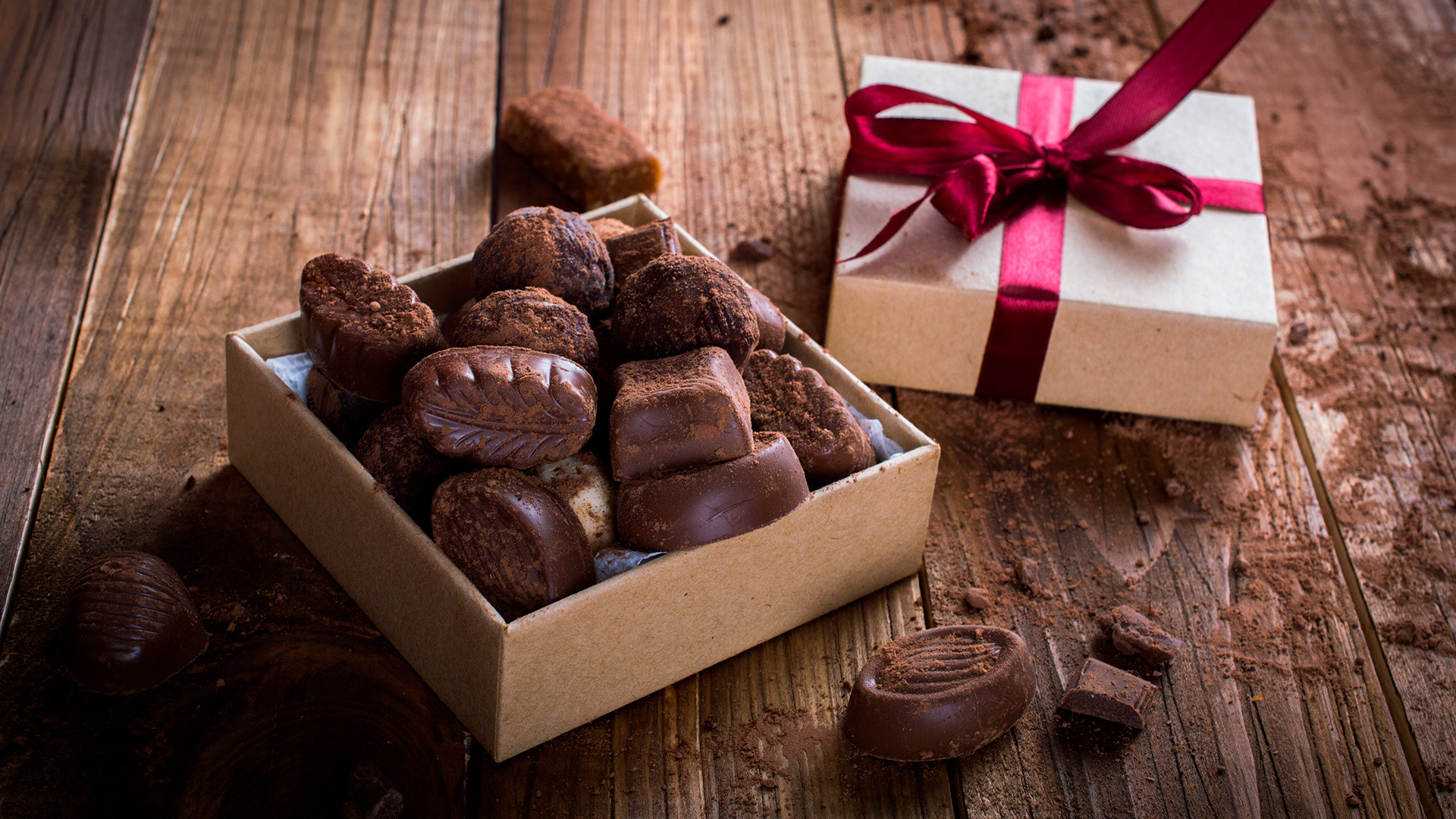
Russians have always treated sweets with reverence: they eat candies with morning coffee, lunch tea, and even when having a midnight meal. Visit any Russian store and you’ll see a lot of
Before this, Russians enjoyed desserts such as
Before the 1917 Revolution, there were 170 confectionery makers in St. Petersburg, over 200 in Moscow and a total of 600 across the country. It was the Silver Age for Russian candies, and in this era were invented recipes of sweets still produced today.
Confectionary makers strove for the honor to have the title, “Supplier of His Imperial Majesty’s court," which could be taken away if the quality of the product fell. This pushed companies to compete and produce the best possible candies.
Lobster Necks and Goose Feet
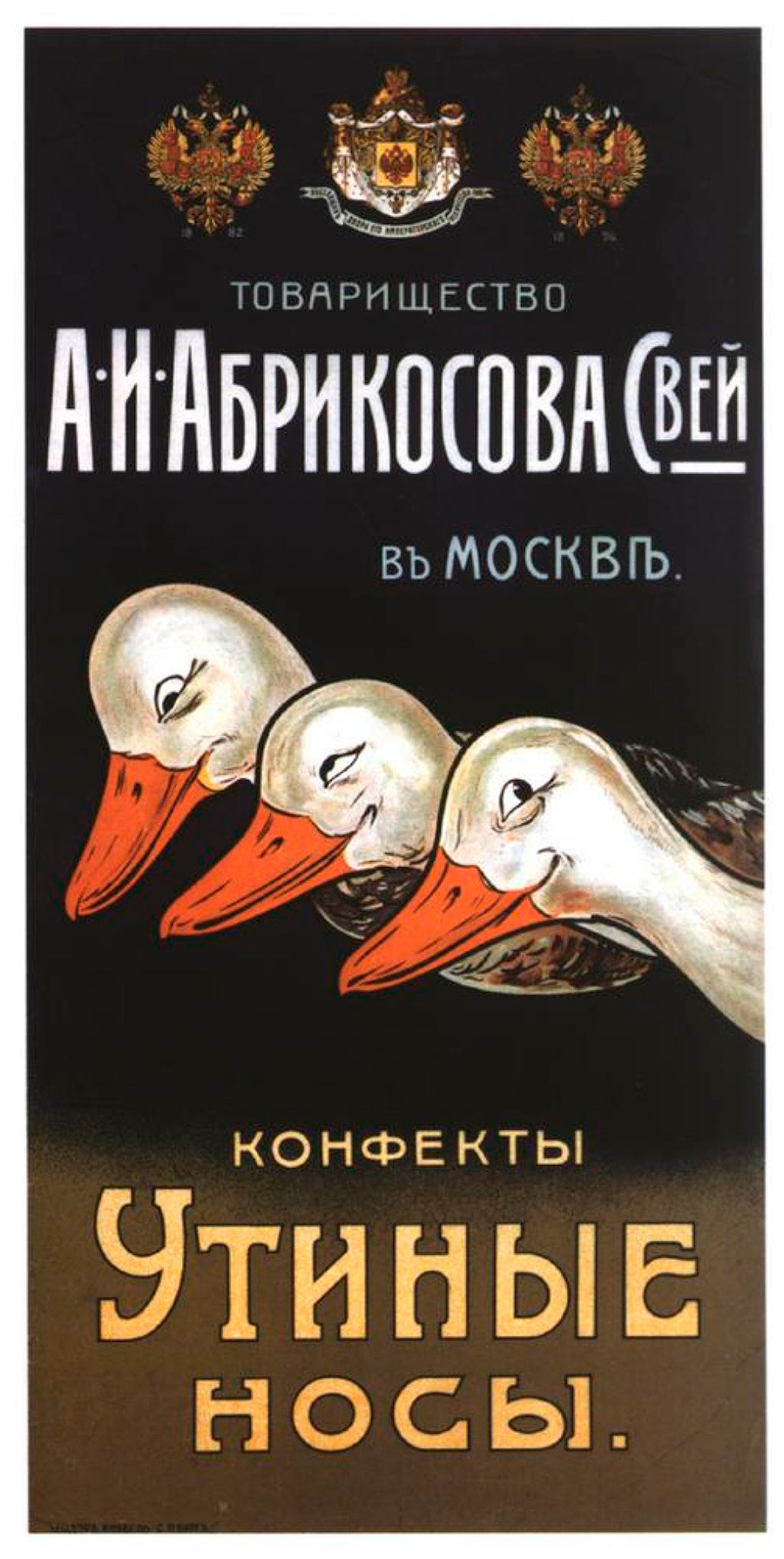
"Duck Beaks."
Public domainSome says that Abrikosov’s candies and caramel were the tastiest, especially Rakovyye Sheyki (lobster necks), Gusinyye Lapki (goose feet), and Utinyye Nosiki (duck beaks). The neck is the tastiest part of the lobster, and the goose fat was apparently used in the production of the candies. “Goose Feet” and “Lobster Necks” can be found in any store even today.
Abrikosov was serious in promoting his sweets, and so he hired professional artists to create wrapper designs. His candies were decorated in the Art Nouveau style with floral and animal motifs, like this “zoological” chocolate.
Lilliput marmalade
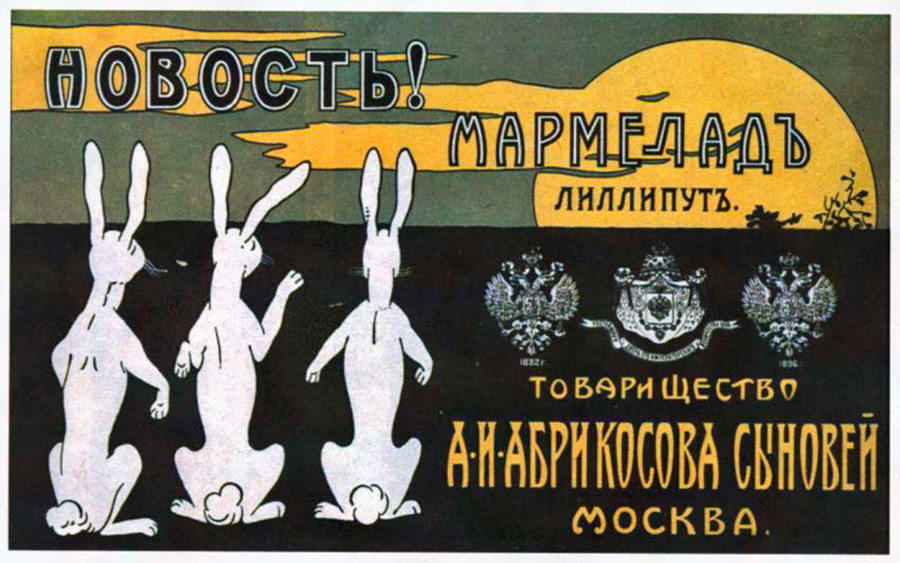
Lilliput marmalade.
Public domainTo

Tsarsky marmalade.
Public domainBut the businessman tried to attract customers not only with ads! Once in the
Clumsy Bear
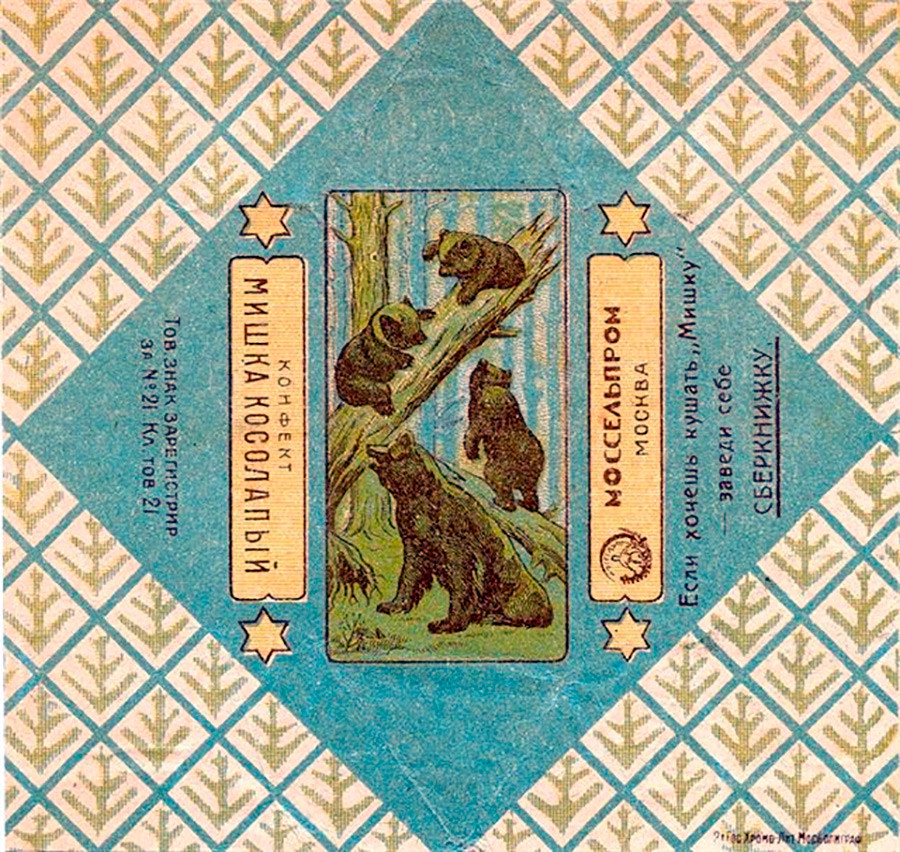
The wrapper of the 1920s.
Public domainAnother leading confectionary, Einem, invented probably the most famous Russian chocolate candy (you should definitely try it!). The Mishka Kosolapy (Clumsy Bear) candies were launched in 1913, and it was the most expensive candy of its time, as well as the most
'Try to take it away'
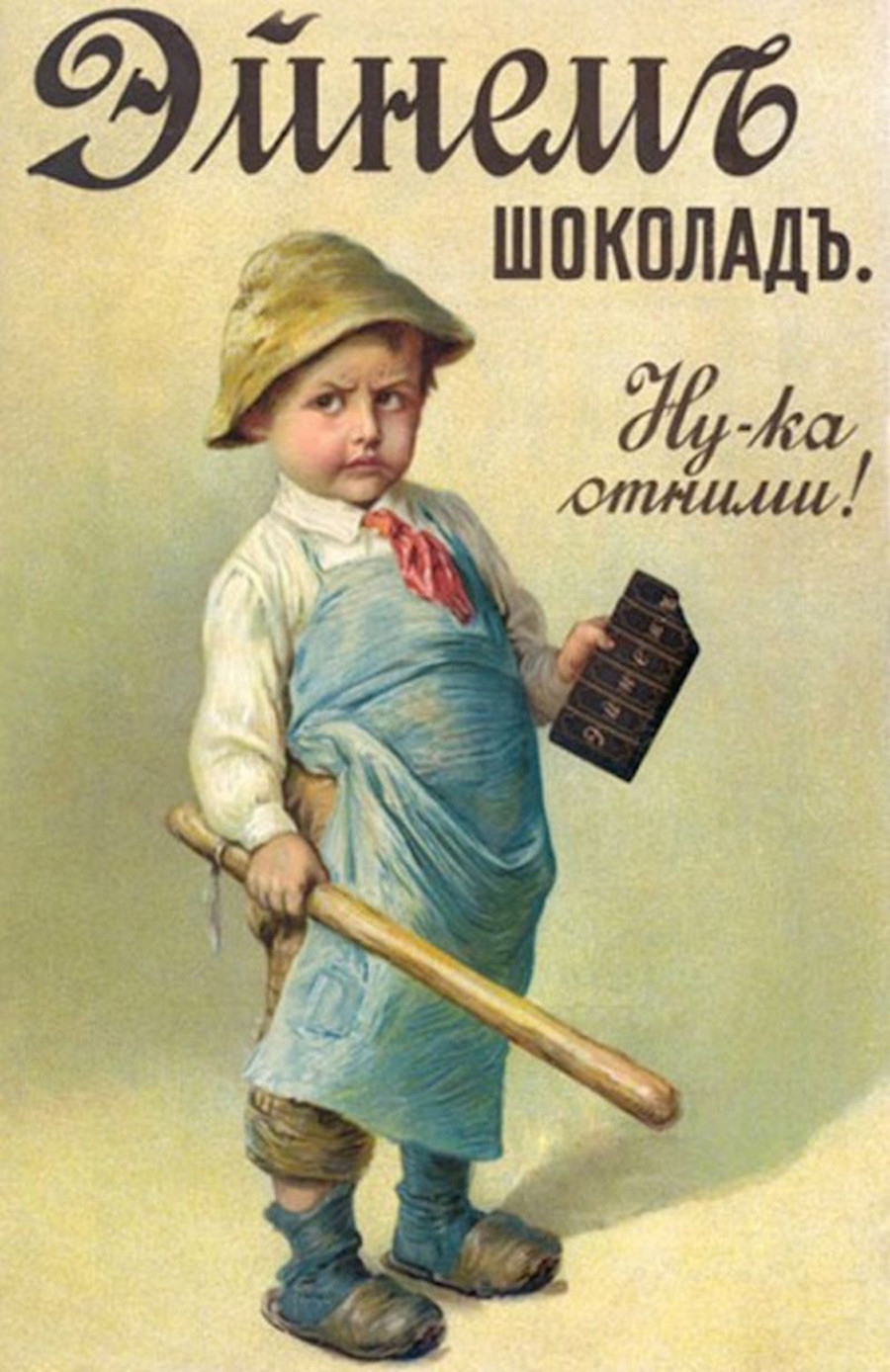
The wrapper of the 1910s.
Public domainThe story of the “Try to take away” praline candies dates to 1913. The image of a mischievous boy holding a stick was taken from a porcelain statue found in one of Einem’s offices. Designers put a bitten chocolate bar in the boy’s hands, and added the title: “Try to take it away.” In Soviet times, the boy on the wrapper was replaced by a girl.
Ivan Tsarevich and fairy tales heroes
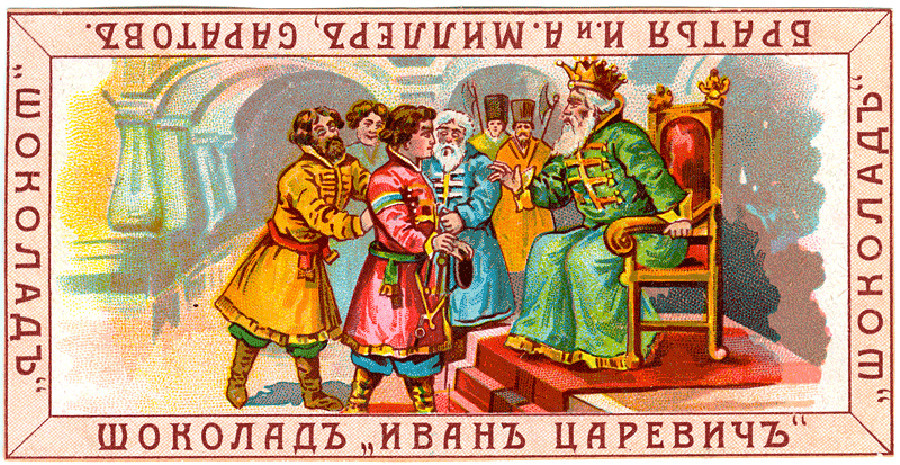
Ivan Tsarevich.
Public domain
Damskaya caramel by Yaroslavl confectionery plant, the 1900s.
Public domainAfter the 1917 Revolution, major enterprises were nationalized and renamed. Einem became Krasny Oktyabr (Red October); Sioux – Bolshevik; Abrikosov – Babaevsky; and
If using any of Russia Beyond's content, partly or in full, always provide an active hyperlink to the original material.
Subscribe
to our newsletter!
Get the week's best stories straight to your inbox